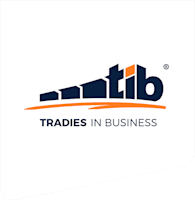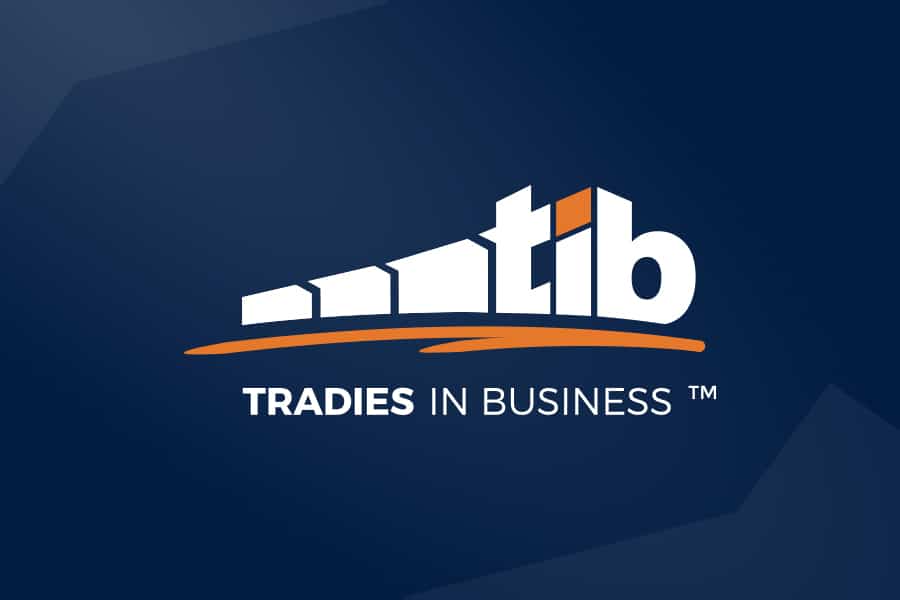The recruitment process doesn’t stop after the candidate has accepted your job. The time between the acceptance and their start date is actually the time of greatest risk as many of the top candidates may have multiple offers and you need to continue ‘dating’ them throughout the process.
Many companies recognise this but some think that once the candidate accepts a position, it’s a foregone conclusion that they’ll be there on the first day. Unfortunately this doesn’t always happen and the time and costs associated with having to start the process again can be huge.
There is a significant investment in time from the company and the candidate to reach offer and acceptance stage. Candidates will also often have to give a month or more notice to their existing employer before they officially start working for you. All manner of things can happen during this time. The following points are designed to help companies minimise the risks of losing candidates after acceptance, and to cut down on the associated costs.
Accept that candidates will be looking at other opportunities
When a candidate applies for a role at your company, it is generally as part of a wider job search and they may be working with other recruiters on other roles. Candidates quite rightly keep their options open until a rock solid offer is received. This is usually in the form of an offer letter with full details of salary, benefits and other elements. Often, the employer does a great job of building rapport with the candidate, taking them through the interview process and delivering an offer, but then the relationship is effectively put on hold whilst the HR department processes the offer. This can be anything from a few days to a number of weeks. What happens in between to keep the candidate motivated to join? Often nothing at all.
In that time period, the candidate is open to any number of approaches and will also be finishing the process with other potential employers. This is the vital time to keep in contact and make sure that the candidate is fully aware that they are wanted and valued. You’ve worked hard to get them to accept the offer, so why blow the deal now?
Strengthen your employer brand
The strength of the employer brand is very important to both attracting and retaining excellent people. This also applies to people who have accepted an offer and are waiting to commence employment. When a candidate accepts an offer, they then have to resign which often leads to a counter offer. It can be very enticing to be offered more money to stay in a comfortable role. The employer brand and offering should be so attractive, however, that the candidate cannot think about any other option. If your organisation is an excellent place to work, with challenging projects and brilliant career development, is this being conveyed in your communications? If the candidate receives a counter offer, the next place to go might be back to your website to reassess how good your company is. Your employer brand has to scream opportunity and should convince any candidate to stick with it and join. If it doesn’t then you will lose people that you’ve invested a lot of time in.
The whole process counts
The process from start to finish must be slick and easy for the candidate to negotiate. From the point at which a candidate first encounters a job ad, or your website, they must be impressed and compelled to take positive action. Right through the process, the candidate has to feel that your company is well managed, proactive and capable. If the candidate applies, then hears nothing for several weeks, it is likely that another company will steal the candidate’s attention. Candidates formulate feelings about companies from the way in which the people conduct themselves and how the process moves along. If the process is clunky and disorganised, this reflects on the company, at least it does in the eyes of the candidate. The process needs to be looked at from a candidate journey point of view and any bottle necks or obvious areas of confusion need to be eradicated. In bigger companies this might involve several departments getting together to iron out the wrinkles, but it’s worth it when you consider the enormous hidden costs of losing candidates at the latter stages of the process.
Get the offer out quickly
This is one of the most important aspects. When a candidate receives a verbal offer of employment and accepts, the engagement levels are at their very highest. The candidate will be buzzing but this can quickly turn into a creeping sense of doubt if the offer doesn’t materialise in a reasonable time frame. Some companies can take two to three weeks to turn around an offer and this is too long. If the timescale cannot be shortened, then expectations must be set accordingly and regular contact must be kept with the candidate to ensure engagement stays high. If the company is using an external recruiter then this is a major part of the recruiter’s role. You’re not paying them just to fire CVs at you, you’re paying them to find excellent, motivated employees and this means working with the candidate right up until the start date, and beyond.
Employ an on-boarding process
Using an on-boarding process is a sensible way of keeping in contact with soon-to-be-employees and, if the company is using software, progress can also be tracked. On-boarding should start as soon as the offer has been accepted verbally, before the contract has been sent out. There are a number of stand-alone tools that can be used for on-boarding, as well as specific modules in bigger HR software systems. The important thing is to keep the candidate interested and to raise the excitement levels as the start date approaches. Candidates can fill out forms, take e-learning modules, watch videos and engage with employees and other new starters whilst they are working their notice period. This engagement is invaluable and allows the candidate to feel a part of the new organisation. Juxtapose this approach with the alternative; nothing. Many companies issue an offer letter, receive a signed response and then do nothing else, then expect a fully committed candidate to walk through the door a month later. Whilst many candidates do join, a number take other offers or stay with their current employer, because they feel more valued and engaged.
As an idea, how about asking the CEO, if the company is small, or another senior person if the company is large, to call the candidate during their notice period. “Hi Sarah, this is Alison, the CEO of ABC Ltd. We are thrilled that you have decided to join us and look forward to working with you. Please call me if you have any questions before your start date, I’d be happy to help.” This is engagement and showing someone that they are valued. Again, the alternative is to ‘hope’ that the candidate remains keen on the opportunity. I remember calling a previous employer before my start date to ask whether there was anything I could do before I joined that would make my first week more productive. Was there anything they recommended that I read, or was there anything they wanted to send me to look over? The employer was obviously surprised that I had asked, and didn’t have an answer to my question either. It should have been the company contacting me, not the other way around.
In summary
When a candidate is looking for a job, there will be other opportunities as well as yours. It’s vital to keep the candidate happy and engaged from the offer stage to the point at which they start and become a fully-fledged employee. The employer brand can work wonders on its own if it is strong and genuinely reflects the reasons that someone would want to join in the first place.
The whole process counts. It must be easy for the candidate to go through the process and to feel that the company is well organised and efficient. Any other approach will sow seeds of doubt and the candidate will be easily swayed into looking elsewhere.
Get the offer out as soon as possible. Taking weeks to get an offer out is one of the most damaging things that any employer can do. The candidate needs to feel the same commitment she did when accepting the role. It says a lot if the offer is not officially communicated quickly.
An on-boarding process will keep candidates engaged and enthusiastic. It gives people the opportunity to learn more about the company than they did at interview stage, and to feel that they are already part of the culture. This is also a great time to start candidates thinking about how they can make a positive impact in their first weeks at the company. The alternative is to have an employee go through that thought process only when they start. Why not give the company and the candidate a head start?
A call from a senior member of staff will be highly regarded and hugely motivational. It shows that the company is bothered about people and values them as individuals. It takes a very small amount of time but means a lot. Overall remember that it is fiercely competitive out there for good people. Don’t let another company poach your new starters by being more proactive and showing more interest. As well as losing out on obvious hiring costs, the company will lose far more in opportunity costs.

